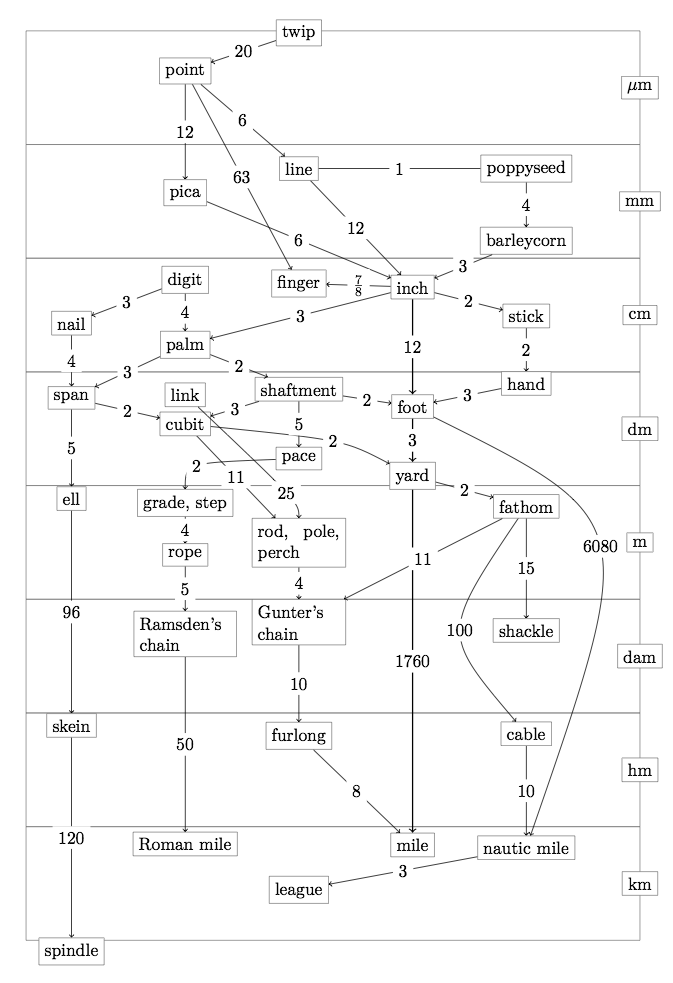DerekC
Established Member
The government in the 1960s started the move towards metrication but got cold feet because they could see votes getting lost because of it - and the shadow of the Daily Mail has hung over any politician who might dream of sorting the mess out ever since. I learned imperial up to age 11 or so, a mixture (because science was in SI metric units) up to age 18, did my college stuff entirely in metric (because that's what engineers do). My children learned mostly metric at home and entirely metric at school, but then discovered that many things are in this peculiar system of feet, inches, ounces and pounds. My grandchildren seem to be learning both - but why, oh why do people love this weird old system so much? If we had dumped it fifty years ago as we should have done, we would have saved a lot of effort and confusion and young people would be looking back on it as they do at pounds, shillings and pence - with disbelief!


